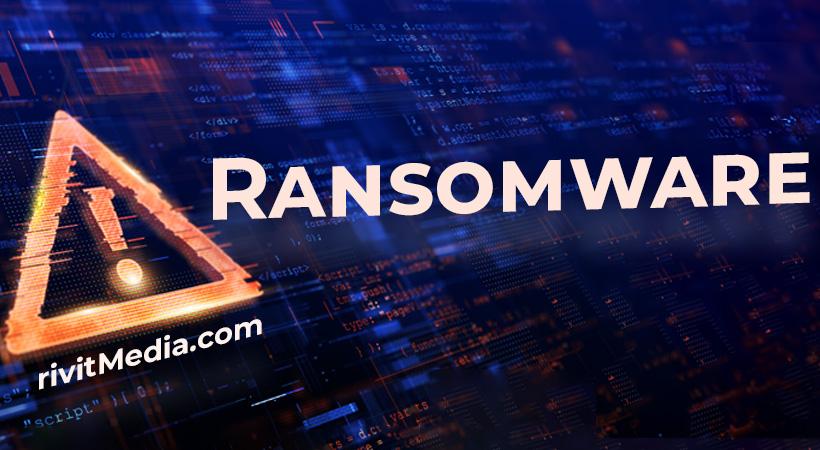In the vast realm of cyber threats, ransomware continues to be a formidable adversary, and Kasseika is no exception. This malicious program employs encryption to hold victims’ files hostage, demanding a ransom for their release. In this article, we delve into the workings of Kasseika ransomware, examining its actions, potential consequences, detection names, and offering insights into prevention strategies.
Introduction to Kasseika Ransomware
Kasseika belongs to the category of ransomware, a type of malware that encrypts files on infected systems, rendering them inaccessible to users. The attackers behind Kasseika demand payment, usually in cryptocurrency, for the provision of decryption keys. Understanding the characteristics and modus operandi of Kasseika is crucial for users to fortify their defenses against such threats.
Actions and Consequences
Encryption Mechanism
Kasseika employs a robust encryption mechanism to lock victims’ files, appending a random character string as an extension to the original filenames. This renders the files unreadable and unusable until the decryption process is carried out.
Ransom Note
Upon completion of the encryption process, Kasseika leaves its mark by altering the desktop wallpaper and creating a text file named “[random_string_extension].README.txt.” The ransom note contained within emphasizes the encryption of files and outlines the demands of the attackers.
Ransom Amount and Deadline
Kasseika demands a ransom of 50 BTC (Bitcoin cryptocurrency) for the decryption keys. The urgency is highlighted by imposing a deadline – a ransom increase of five hundred thousand USD every 24 hours after 72 hours have passed. The attackers threaten to leak exfiltrated data if the ransom is not paid within 120 hours.
Prevention of Data Recovery
To hinder data recovery attempts, Kasseika takes measures to delete Volume Shadow Copies, eliminating a potential avenue for victims to restore their files. The malware’s infection chain involves exploiting vulnerabilities in the Martini driver to terminate security-related processes.
Targeted Termination of Processe:
Kasseika meticulously targets and terminates processes related to security tools, system utilities, analysis software, sandboxes, debugging tools, and more. This strategic termination aims to evade detection and analysis by security measures.
Detection Names
Security software and antivirus programs identify Kasseika through various detection names, including:
- Avast: Win32:RansomX-gen [Ransom]
- Combo Cleaner: Trojan.GenericKD.70998231
- ESET-NOD32: A Variant Of Generik.BQMTVFO
- Kaspersky: Trojan-Ransom.Win32.Encoder.vpx
- Microsoft: Trojan:Win32/Wacatac.B!ml
Similar Threats
Ransomware, as a category, encompasses various strains with similar operational principles. Examples include Backoff, Frivinho, Radiyu, and RCRU64. While the encryption methods and ransom amounts may differ, the overarching goal remains the same – coercing victims into paying for the release of their files.
Prevention and Best Practices
Data Backups
Maintain regular backups of essential data on remote servers, unplugged storage devices, or cloud-based platforms. Reliable backups serve as a powerful defense against data loss and ransom demands.
Critical Evaluation
Exercise caution when interacting with unsolicited emails, especially those promising financial benefits or containing suspicious links and attachments. Verify the legitimacy of unexpected grants or awards through official channels.
Avoiding Clicks on Suspicious Elements
Refrain from clicking on links or downloading attachments from unverified sources. Drive-by downloads, malicious links, and attachments are common vectors for ransomware distribution.
Two-Factor Authentication
Enable two-factor authentication where available to add an extra layer of security to online accounts. This helps mitigate the impact of unauthorized access attempts.
Education and Awareness
Stay informed about phishing tactics, social engineering techniques, and emerging threats. Educate yourself and others to foster a cybersecurity-aware culture.
Regular Software Updates
Keep operating systems and software updated to patch vulnerabilities that could be exploited by malware. Regular updates enhance system security and reduce the risk of exploitation.
Conclusion
Kasseika ransomware represents a potent threat in the ever-evolving landscape of cyberattacks. By understanding its actions, consequences, and adopting proactive prevention measures, users can fortify their defenses against such insidious malware. Remember, vigilance and informed decision-making are pivotal in navigating the digital realm securely.




